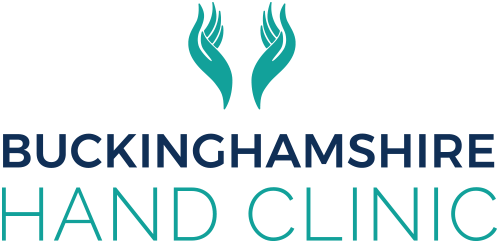Mr. Chennagiri consults at The Saxon hospital in Milton Keynes and at The Chiltern Hospital in Great Missenden. Please click here for further information or contact the appointments office at the relevant hospital for to book an appointment.
He sees NHS patients at Stoke Mandeville Hospital, Wycombe Hospital and at The Saxon Clinic.
Surgery
Pre-operative assessment: You may need to attend a pre-operative assessment clinic prior to your procedure. You will be seen by a specially trained nurse who will take you through a questionnaire on your general health and fitness for the procedure. You may undergo some investigations such as blood test, ECG, urine examination MRSA screening. You will also be given advice on what to expect on the day of surgery, when to arrive, etc.
The day of surgery:
Day case surgery: Most operations are done as a day-case. You come in to the hospital and go home the same day.
In-patient stay: In some cases hospital stay may be necessary, usually for monitoring and pain relief.
The duration of surgery varies with the complexity of the problem. There is no need to starve (nil by mouth) if you are having a procedure under local anaesthesia, unless otherwise instructed. You should clarify this during your pre-operative visit or with your surgeon.
After the operation, what was found and details of what was done will be explained to you. Details of your follow-up appointments and plan will be confirmed. You must have someone to drive you home from hospital. Driving and travelling by public transport are not recommended. If you have been given a nerve block or general anaesthesia, you must have someone who is able to look after you overnight (at the very least) or until you have fully recovered from the effects of the anaesthetic drugs and are able to function on your own.
Post-operative recovery:
The three main factors to combat in early post-operative phase are pain, swelling and stiffness. The keys to success include:
Elevation: The hand should be rested at a higher level than the elbow and the shoulder and above the level of the heart for elevation to be effective. This should be maintained for at least 5-7 days, sometimes longer.
Pain relief: You would have almost certainly received some form of local anaesthetic injection at the time of surgery. Its effect varies with the anaesthetic drug used and the type of injection (eg. local infiltration or a regional block). It is vitally important to start taking painkillers as soon as possible even if there is no pain and the anaesthetic injection is still working. This will ensure that optimum blood concentration of the painkiller is reached by the time the anaesthetic effect wears off completely.
Movements: If you are able to any part of the hand and fingers, you must do so unless you have been instructed otherwise. Likewise, it is important to move other joints in the limb (elbow and shoulder) to avoid stiffness.
Care of the wound: The dressing should be kept dry and clean. If you have been advised to change or reduce the dressing home, ensure that your hands (or the hands of the person doing it) are washed with soap and dried. How long the dressing stays on for varies depending on the individual and the procedure. Once the wound has healed, gentle scar massage with a moisturising cream will help to soften it and reduce scar tenderness. Sometimes, a hand therapist’s assistance is needed to achieve this. It is sensible to avoid allowing pets close to the operated limb to reduce the risk of infection.
Hand therapy: You might need to see a hand therapist after surgery. The hand therapist will provide you guidance and exercises to improve mobility and strength and will be able to assist you with scar desensitisation and reduction of swelling. They also provide custom-made splints when necessary for rehabilitation.
Out-patient review and follow-up: You will be reviewed in the out-patient clinic for follow-up. You might be seen by a nurse in the out-patient department or a hand therapist earlier after some procedures.
Driving and return to work: You should not drive if you are in a plaster cast (half or complete). You may return to driving when you are comfortable and able to be in control of your vehicle including during emergency situations. You must discuss with your surgeon and therapist about fitness to drive. You must also inform your insurer and confirm that they are happy for you to resume driving.
Return to work depends on the demands of the job and complexity of surgery. Most often, your should be able to return to a sendentary job (desk work) after a few days. Obviously, if a complex procedure has been performed, return to work will be delayed. You should discuss this with your surgeon prior to surgery.
